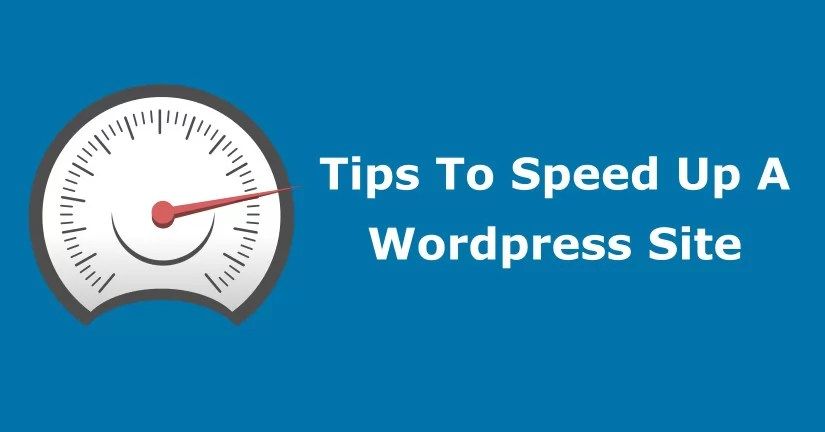Search engine optimization can seem complicated at first glance. With so many potential factors to consider, how can you know where to start? The good news is that you don’t have to optimize every aspect of your website all at once. Focusing on just a few key areas can help secure more organic traffic over time.
In this post, I’ll share my top 16 comprehensive technical SEO checklist tips to get more visitors from search engines. These proven strategies focus on creating a great user experience while also meeting search engine needs. Work on improving just one or two at a time, and you’ll be on your way to higher rankings and more traffic.

1. Research Target Keywords
The first step is to identify relevant keywords and phrases that people are searching for in your niche. You want terms that have sufficient search volume, but low enough competition that your content can realistically rank. Use Google’s Keyword Planner and other tools to find a balanced mix of head, torso, and long-tail keywords to target.
2. Optimize Title Tags

Your page titles (HTML title tags) are a top factor in search results and click-through rates. Include your most important keywords in titles, ideally toward the beginning. Make each title unique and compelling. Titles can be 55-60 characters to avoid getting cut off in search results.
3. Write Strategic Meta Descriptions
Meta descriptions summarize page content in search snippets. Well-written ones improve click-through rates. Target one primary keyword per meta description. Keep them under 160 characters to fully display. Include keywords naturally – don’t over-optimize.
4. Improve Site Structure
Make your internal linking structure intuitive and search engine friendly. Break down content into logical sections and categories. Link related pages together using keywords in anchor text. Avoid overly long chains of pages. Create XML sitemaps.
5. Create Authoritative Content
In-depth, expert content is vital for SEO success. Conduct original research and analysis on topics. Answer questions and explain concepts thoroughly. Include statistics, examples, and multimedia. Link out to reputable sources for credibility. Update and expand content over time.
6. Optimize Images
Include relevant images on pages and optimize them with alt text and title tags starting with the target keyword. Save images at 72 dpi with compressed file sizes for faster loading. Use descriptive filenames aligned with page topics.
7. Improve Site Speed

Faster sites tend to perform better in search rankings. Minify code, compress images, cache servers, and limit redirects. Set up fast hosting. Eliminate render-blocking JavaScript. Optimize videos. Check speed with PageSpeed Insights and GTmetrix.
8. Enhance User Experience
Beyond pure SEO tactics, developing an overall positive UX improves conversions and search rankings. Make mobile-friendly pages with readable content. Add white space. Simplify navigation and calls-to-action. Include engaging multimedia content.
9. Leverage Header Tags
Header tags (H1, H2, H3) help structure content hierarchically for search engines and users. Place important keywords in H1s only once per page. Break up long sections with descriptive H2s. Use H3s to elaborate. Don’t overuse headers just for keywords.
10. Get High Quality Backlinks
The quantity and quality of external backlinks remain a top ranking factor. Build links naturally through high-value content marketing. Pursue opportunities with reputable sites in your niche. Disavow low-quality links using Google Search Console.
11. Optimize for Voice Search
Voice search usage is growing. Optimize content for conversational long-tail voice queries. Use natural language, not keywords. Answer questions clearly and directly. Highlight key info users may request by voice.
12. Claim and Enhance Listings
Manage and optimize Google My Business, Facebook, and other relevant listings. Fill out profiles completely. Maintain consistency across sites. Include keywords, images, and calls-to-action. Encourage customer reviews and feedback.
13. Analyze and Improve Performance
Regularly review site analytics to spot trends and issues. Identify pages getting traffic vs those that should rank better. Monitor clicks, CTRs, time on site. Refine on-page elements and link profiles of underperforming pages.
14. Keep Up with SEO Updates
Search algorithms and best practices constantly evolve. Stay up to date through trustworthy blogs, forums, and reports. Test changes to core ranking factors. Adapt SEO plans based on new insights over time. Monitor rankings using tools like SEMrush.
15. Don’t Over-Optimize
Avoid overly aggressive keyword loading, hidden text or links, scraping, and other manipulative tactics. They can result in penalties or subpar user experiences. Focus more on genuine engagement and value for visitors.
16. Crawl The Website
An SEO crawler tool is necessary to check your website for any potential technical issues that could hold back your ranking. A crawler will scan your website and look for broken links, duplicate content, or other problems that could hurt your ranking. Once you have fixed any technical issues, you will likely see an improvement in your organic traffic.
Following these tips can gradually improve organic search visibility and traffic for new sites or established ones. Of course, SEO takes time and tweaking to see results. Be patient, stay focused on user needs, and keep refining your approach. Let me know in the comments if you have any other SEO best practices I should include!
Conclusion
Securing more organic search traffic takes effort, but implementing these 15 tips will get you moving in the right direction. Start with foundational elements like optimizing title tags and speeding up your site. Produce high-quality content built around target keywords. Build natural links and credibility over time. Keep making incremental improvements, track your results, and adapt as needed. With this SEO checklist guiding your strategy, you can increase website visibility and traffic through search engines.
FAQs:
What are the most important elements for on-page SEO?
The most important on-page SEO elements are page titles, meta descriptions, heading tags, image optimization, site speed, mobile optimization, and overall user experience. These all contribute directly to organic rankings and click-through rates.
How often should you create new website content for SEO?
For an active blog or content site, aim to publish one or more new pieces of content per week. This provides fresh material for search engines to index while keeping visitors engaged. Even once a month can be helpful for more static sites.
What is a good number of backlinks to aim for?
Quality matters more than pure quantity with backlinks. Even just 10-20 relevant backlinks from authority domains can potentially outperform hundreds of low-quality links. Focus on building natural links slowly over time.
How long does SEO take to show results?
It often takes 2-4 months to begin seeing incremental SEO results. Rankings fluctuate regularly, so track ongoing progress after 6-12 months. Consistently improving SEO is necessary for long-term visibility.
What is the optimal keyword density for SEO?
Ideally 1-3% density is recommended, which means a given keyword makes up 1-3% of the total words on a page. Higher densities tend to look spammy to search engines. Focus more on organic use of keywords throughout content.
Should you use keywords in anchor text for internal links?
Using your target keywords naturally in contextual anchor text helps search engines identify relevant internal connections. But don’t force keywords – vary anchor text, including partial phrases, branded terms, etc.
Disclosure: The articles, guides and reviews on BlowSEO covering topics like SEO, digital marketing, technology, business, finance, streaming sites, travel and more are created by experienced professionals, marketers, developers and finance experts. Our goal is to provide helpful, in-depth, and well-researched content to our readers. You can learn more about our writers and the process we follow to create quality content by visiting our About Us and Content Creation Methodology pages.
